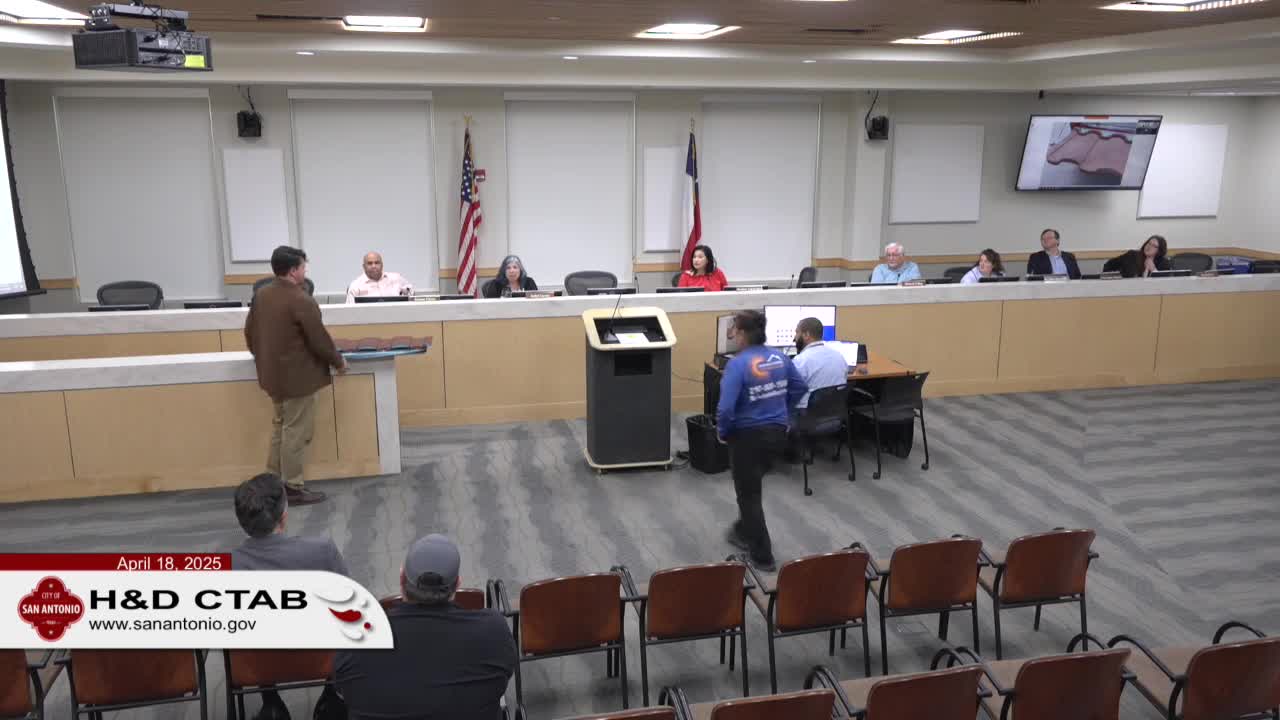Historic Commission denies substitute roof materials for Monticello District property
April 18, 2025 | San Antonio, Bexar County, Texas
Thanks to Scribe from Workplace AI , all articles about Texas are free for you to enjoy throughout 2025!

This article was created by AI using a video recording of the meeting. It summarizes the key points discussed, but for full details and context, please refer to the video of the full meeting. Link to Full Meeting
The discussion centered around a proposal to replace traditional clay tile roofs with a lightweight steel alternative. Board members expressed significant concerns about the aesthetic and structural integrity of the proposed material, noting that it did not adequately mimic the original clay tiles. One member highlighted the potential precedent this decision could set, suggesting that allowing one property to use a non-traditional material might encourage others in the neighborhood to follow suit, undermining the historical character of the area.

Before you scroll further...
Get access to the words and decisions of your elected officials for free!
Subscribe for FreeCarmen Drury, the property owner, shared that she had received a quote of $20,000 for the steel material, while the cost for clay tiles was estimated to exceed $40,000. This price disparity raised questions about the financial burden on homeowners in historic districts, but board members emphasized that historical preservation should take precedence over cost considerations.
The board's deliberations also touched on the broader implications of substituting original materials with modern alternatives. Members voiced concerns that such decisions could compromise the authenticity of the historic district, which is designed to preserve the architectural heritage of the community.
Ultimately, the board voted unanimously to deny the request, reinforcing their commitment to preserving the historical integrity of San Antonio's neighborhoods. The decision reflects a growing recognition of the challenges faced by homeowners in historic districts and the need for careful consideration of materials that align with the area's historical significance. As the board moves forward, they will continue to work with property owners to find solutions that respect both the community's heritage and the financial realities of maintaining historic homes.
Converted from San Antonio - Historic Compliance and Technical Advisory Board - Apr 18, 2025 meeting on April 18, 2025
Link to Full Meeting
Comments
View full meeting
This article is based on a recent meeting—watch the full video and explore the complete transcript for deeper insights into the discussion.
View full meeting




